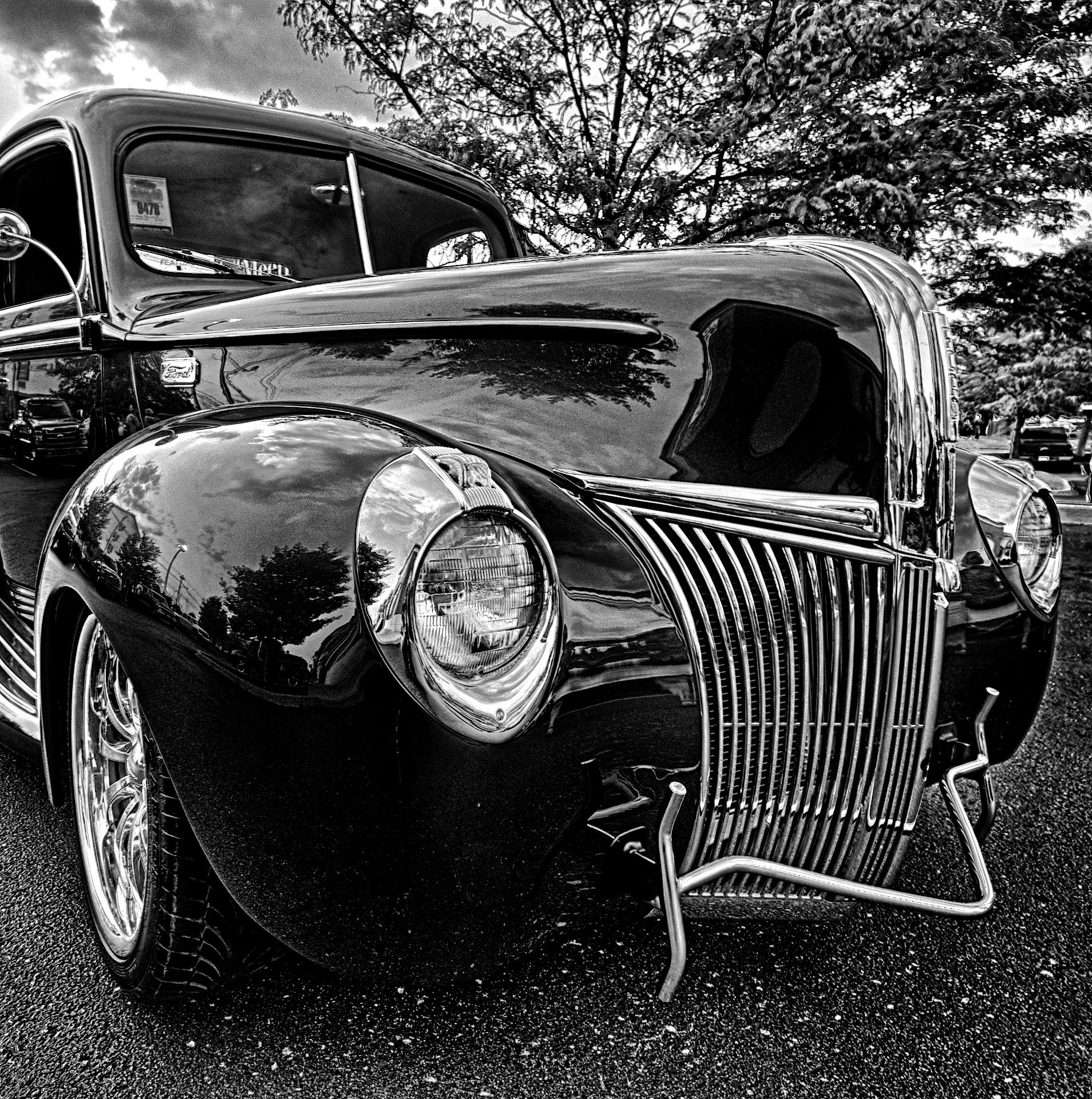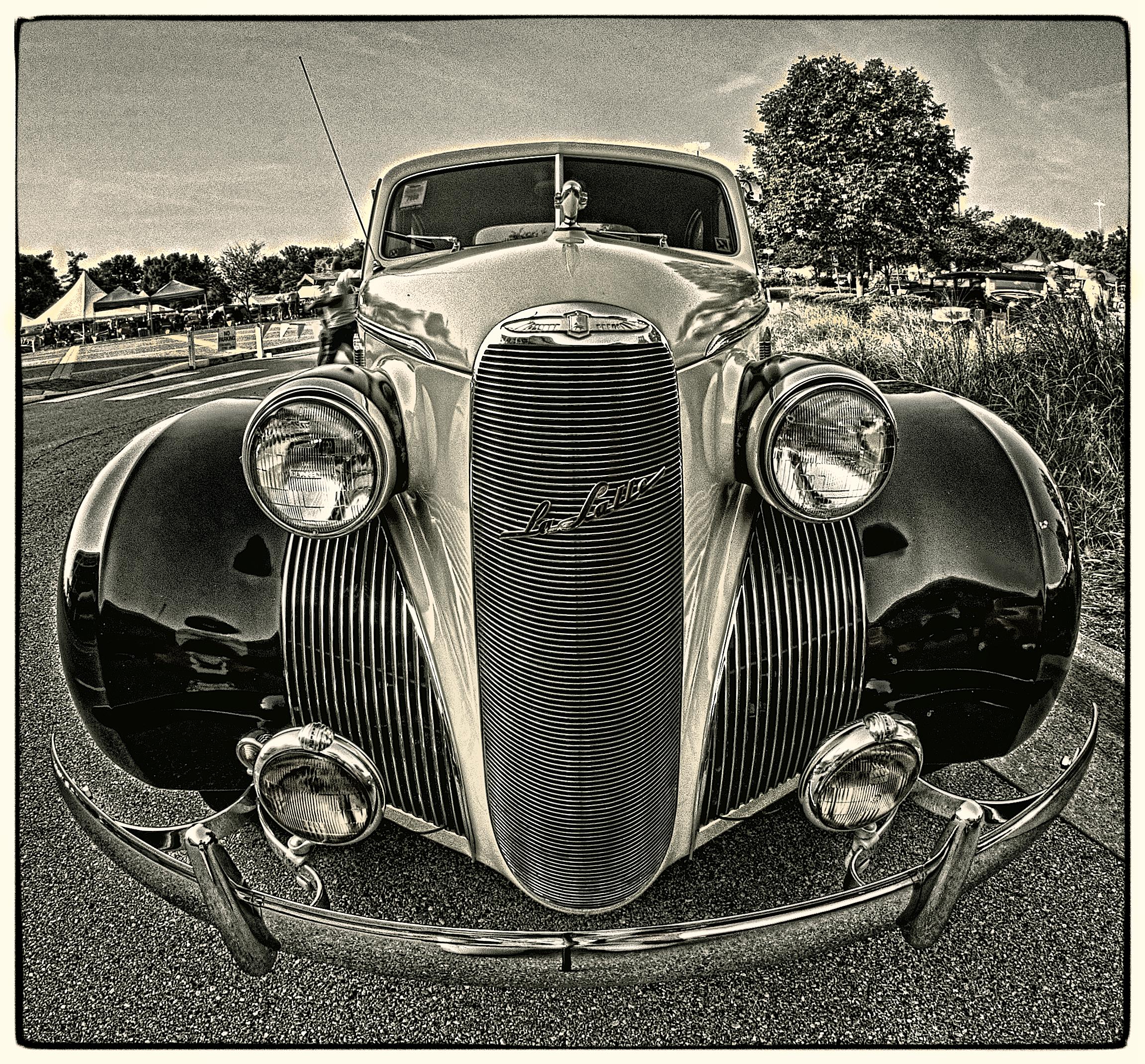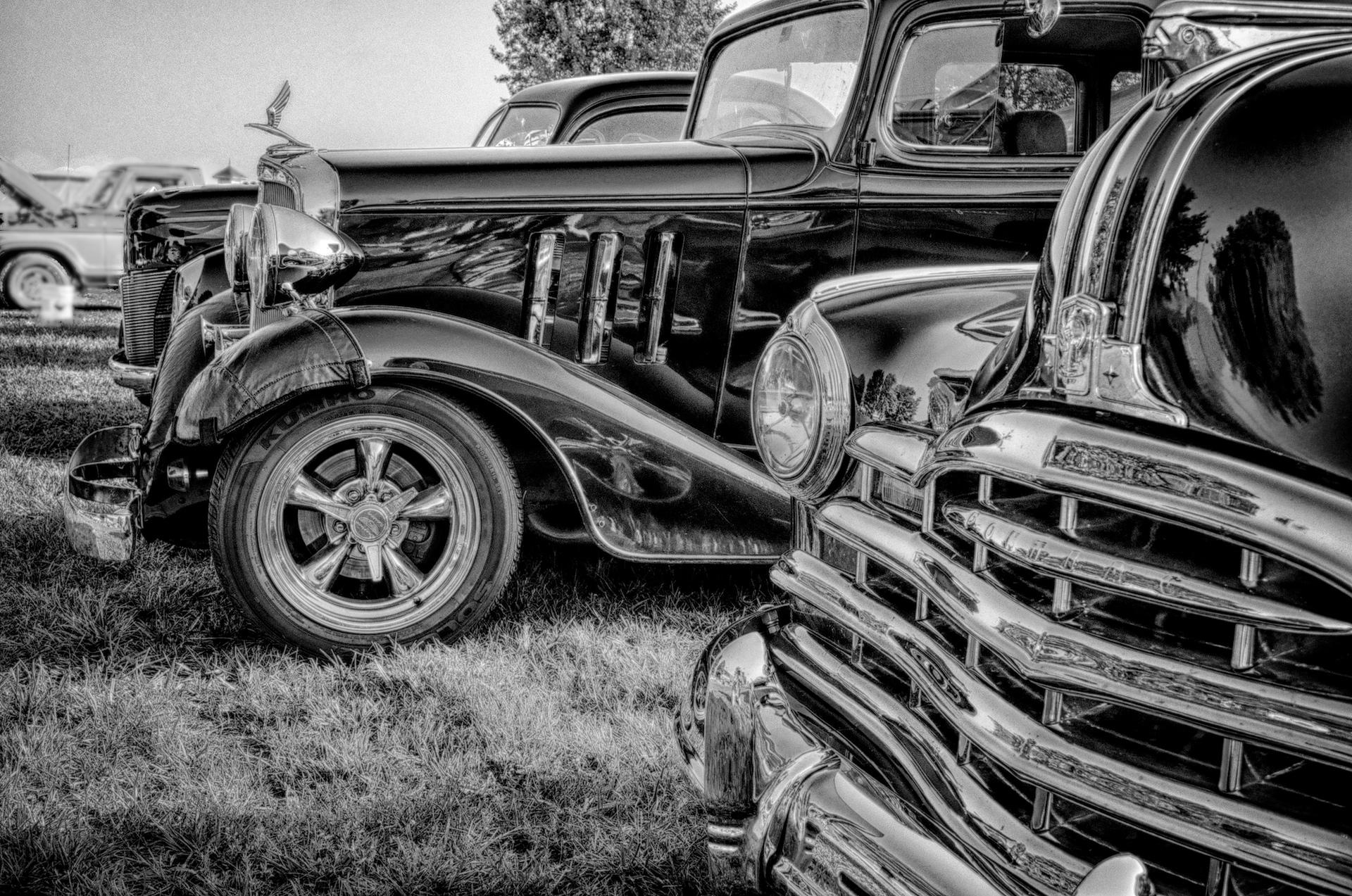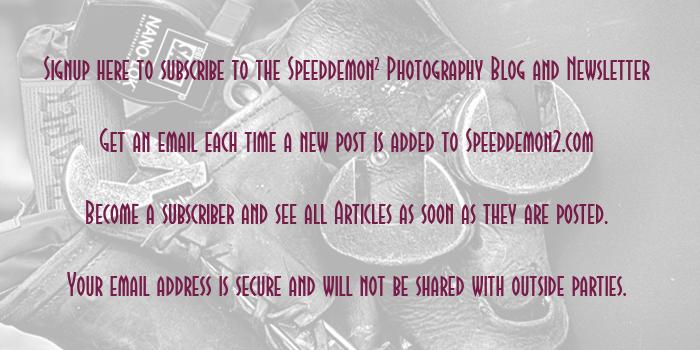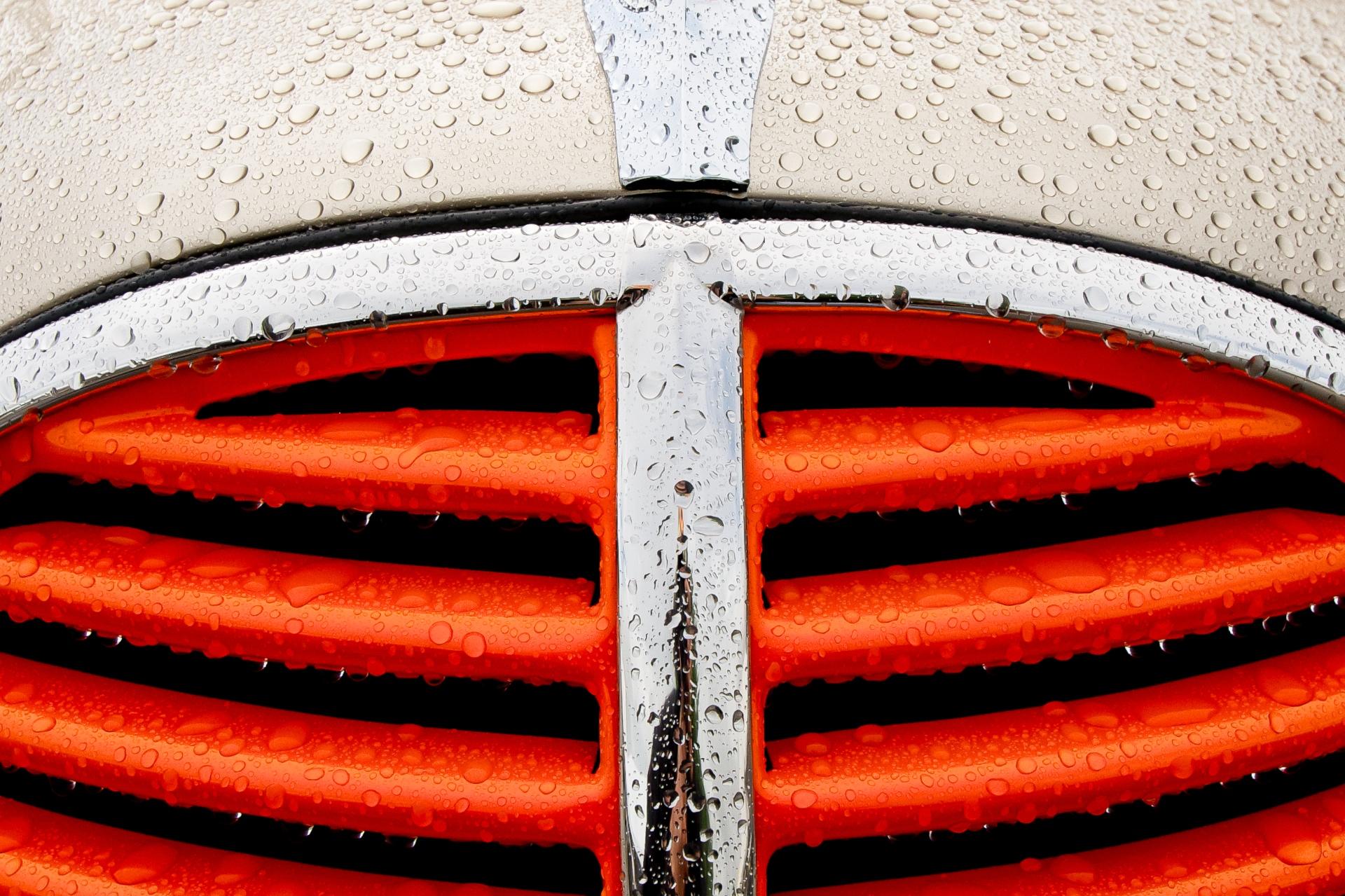
One good way to reinvigorate your photography is to change perspective; doing so will improve your photographic vision. I love cars and have been photographing them since I was a kid. Over the years, for the most part, I had fallen into a predictable method of framing them: I would pick a three quarter angle and fire away. While this method produced many interesting photos it wasn’t that different from the way 99% of photographers approached the subject.
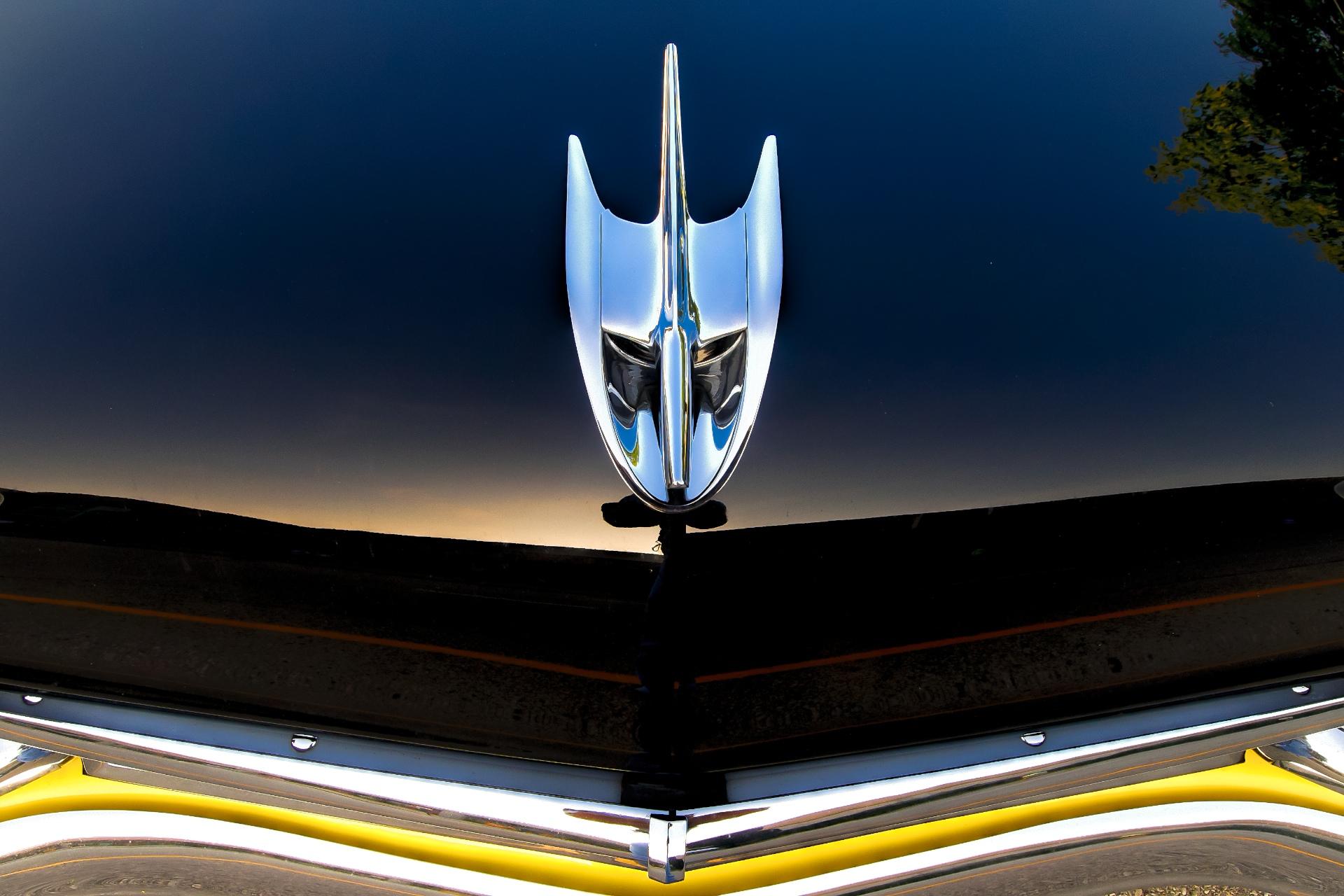
This past summer when the annual Street Rod Nationals came to Louisville I decided to use two distinct approaches that I hadn’t used much over the past several years. The first approach was to shoot symmetrical compositions, something I usually avoid due to their static nature. Symmetric compositions don’t usually have a lot of movement and can be rather bland but once I started shooting these images I realized that it was far more challenging than I initially thought it would be.
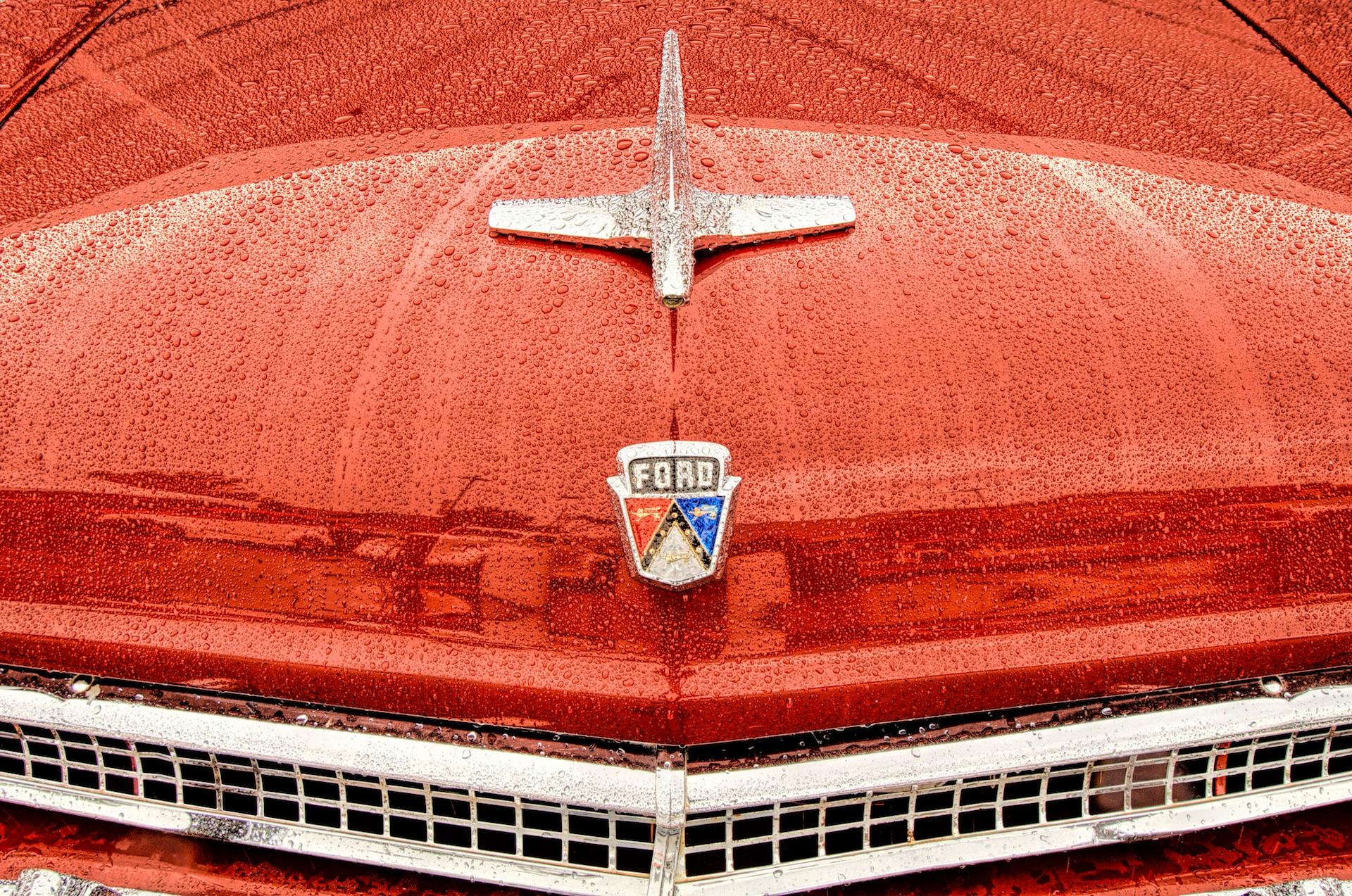
The first challenge was to frame perfectly symmetrical images; shifting the angle of the camera away from a pure 90 degrees from the subject would introduce a subtle asymmetry. It wasn’t as simple as standing in front of the subject and trying to center the details. I discovered that if I was even a fraction off center the distortion of the sensor plane to the plane of the car would result in missing the mark. I compensated for that by making certain to use the grid lines in the viewfinder to accurately bisect the image but even at that there was still the problem of getting the edges of the other elements equally framed. That was when I realized that it was also important to think about the sensor plane too. I would first align the vertical lines in the viewfinder and then shift slightly left or right to center the elements along the edge of the frame a perfectly as possible. I started using a monopod to stabilize my camera while still having the flexibility to move freely among the crowds that surround the cars.
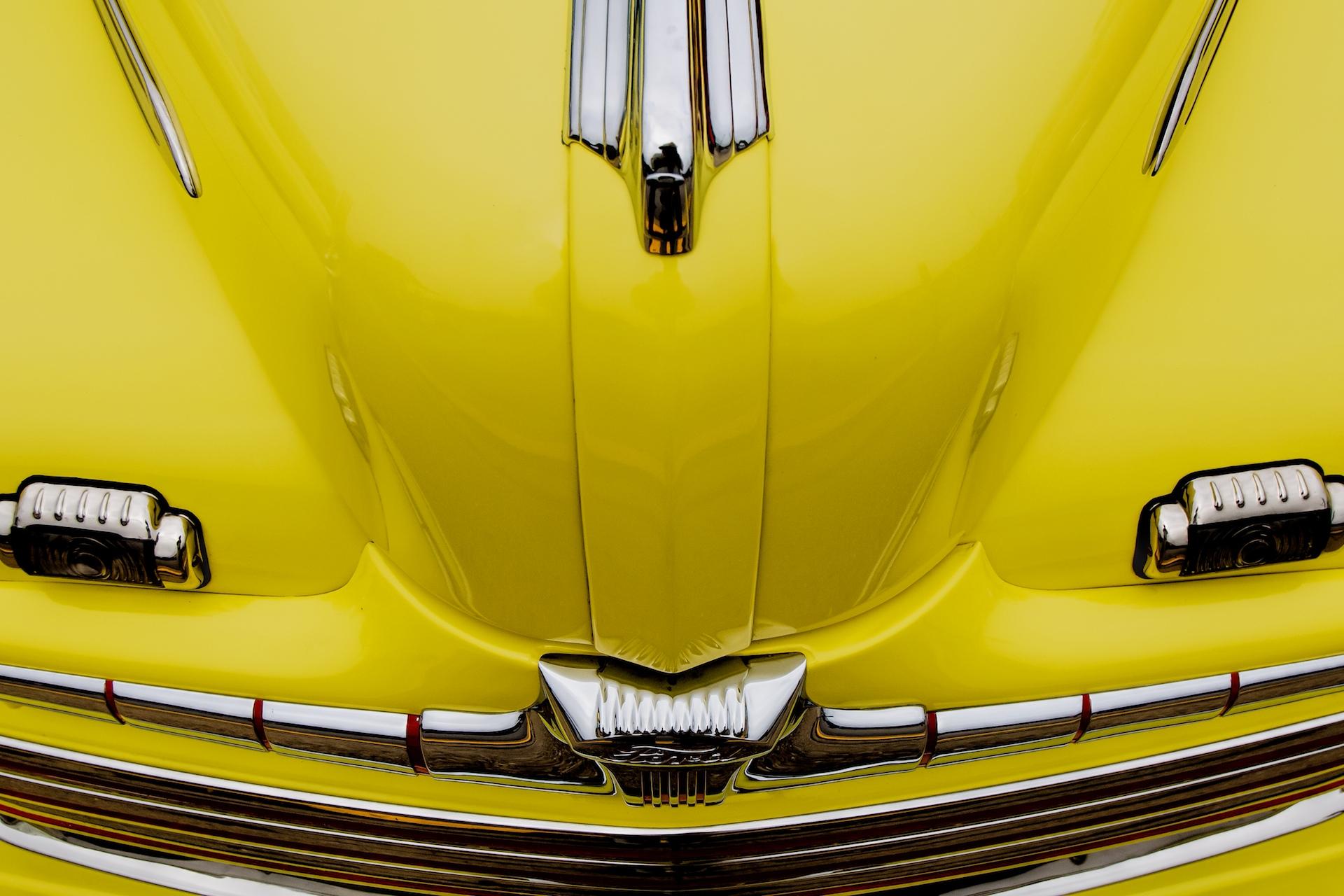
The second challenge was to come up with a different viewpoint. I opted for coming in over the front of the car above the hood so that I was shooting almost straight down. As soon as I started doing that I saw how the shapes of the cars were so different than I was used to seeing. The photos that follow were a refreshing change for me and the act of shooting them added another aspect to my way of seeing familiar subject matter with a fresh eye.
















